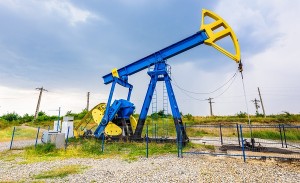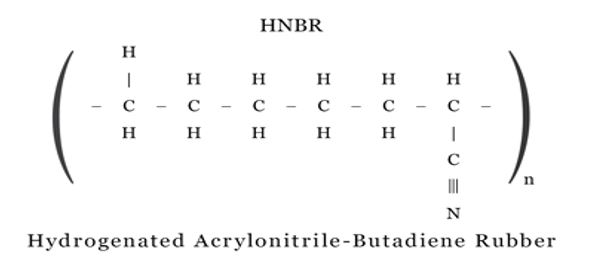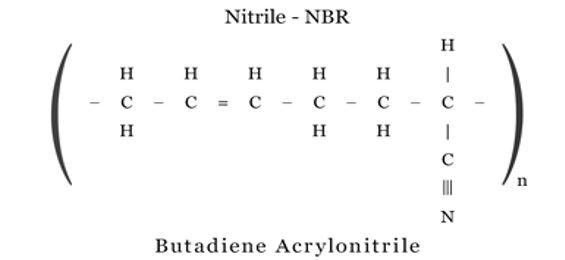The U.S. system of safety includes standard developing and certification organizations (such as UL), enforcement authorities (AHJs), installation code developers (such as NFPA), federal agencies (such as OSHA), installers and manufacturers. For the last 120 years, UL has worked towards producing safer products, installations and environments for all of us.
Underwriters Laboratory (UL) standard 50E applies to enclosures for electric equipment intended to be installed and used in non-hazardous locations. There are various types in this standard:
Indoor Enclosures: Types 1, 2, 5, 12, 12K, and 13
Outdoor/Indoor Enclosures: Types 3, 3X, 3R, 3RX, 3S, 3SX, 4, 4X, 6, and 6P
Today, we will focus on the enclosures that are more likely to have exposure to oil and fuels — Type 12, 12k and 13 — and why the seal material you choose matters for your environment.
Type 12 and 12K: Enclosures constructed for indoor use to provide a degree of protection to personnel against access to hazardous parts; to provide a degree of protection of the equipment inside the enclosure against ingress of solid foreign objects (falling dirt and circulating dust, lint, fibers, and flyings); and to provide a degree of protection with respect to harmful effects on the equipment due to the ingress of water (dripping and light splashing).
Note: Type 12 is without knockouts, where type 12K is with knockouts.
Type 13: Enclosures constructed for indoor use to provide a degree of protection to personnel against access to hazardous parts; to provide a degree of protection of the equipment inside the enclosure against ingress of solid foreign objects (falling dirt and circulating dust, lint, fibers, and flyings); to provide a degree of protection with respect to harmful effects on the equipment due to the ingress of water (dripping and light splashing); and to provide a degree of protection against the spraying, splashing, and seepage of oil and non-corrosive coolants.
Silicone and HNBR for Fuel and Oil Exposure
Several different materials are used to seal enclosures and devices. Understanding material properties (and environmental surroundings) is critical when selecting effective, long-term solutions. When it comes to this step, you’ll want to keep a few things in mind:
- Where is the end-use environment?
- How much exposure will it have to fuels and oils?
- What will the temperature range be?
- Will you need ozone protection?
For acceptance to Type 12, 12K and 13 listing, a rubber is tested to oil swell as part of UL 50E. The seal material must pass a volume swell testing according to UL-157 immersed in No. 903 oil for 70 hours at room temperature. It must have a swell less than 25 percent or shrink more than 1 percent. When it comes to rubber testing fluids, No. 903 oil is a low aniline point oil which results in high rubber swell.
Silicone: We currently have two silicone compounds that pass this standard, but would have much higher volume swell if the application was used in prolonged exposure to fuels and oils. Because of this, silicone is recommend for very low-temperature applications and when there would only be splash exposure.
If we look at a straight comparison exposure for silicone versus HNBR, you can see the higher level of swell. The higher temperature testing is an indicator of prolonged exposure.
Swell Testing in No. 903 70 hours at 150°C
Silicone (14SL7ML): +39%
HNBR (12BN7AP ): +2%
HNBR: HNBR is a great material for these applications. This material provides superior oil resistance, while also providing very good ozone and weathering protection. A good HNBR material can withstand an ozone test 168 hours at 50 ppm without signs of cracking. A standard NBR material, on the other hand, would not pass this test and there would be severe visible cracking found on the surface of the NBR.
Below shows the polymer chain for the two different materials. The double bonds in the NBR polymer chain is typically broken from the free radicals of the ozone. This is why standard NBR materials are not the best choice for weather seals and why we believe it is best to use HNBR for these types of applications.
We have UL listed our compound 12BN7AP to the UL 50E. This is a 70 Shore A HNBR Black compound. This compound is also peroxide-cured to give great compression set resistance and temperature ranges from -40°C to +150°C.
UL certified materials can be found on the UL online certification directory. End users can be assured the compounds used are certified and show what end use the material is certified for. Apple Rubber’s file number under JMLU2 is MH14216.
Have questions on UL 50E? What materials do you use for fuel and oil exposure? Connect with us on Twitter, LinkedIn or contact our engineering team.


